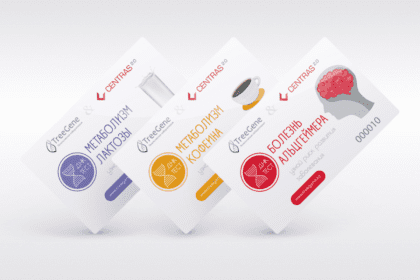 ИФА (иммуноферментный анализ) относится к иммунологическим исследованиям, при котором чаще всего, на исследование берется сыворотка крови полученной из вены.
ИФА (иммуноферментный анализ) относится к иммунологическим исследованиям, при котором чаще всего, на исследование берется сыворотка крови полученной из вены.
Метод ИФА позволяет получить информацию о контакте иммунной системы человека с каким-либо инфекционным агентом. Является косвенным методом диагностики инфекции, то есть не позволяющим оценить напрямую присутствие инфекции в организме человека (за исключением выявления антигенов в пробе). Оценка идет по реакции иммунитета человека в ответ на внедрение инфекции в организм. При этом, в организме человека образуются защитные вещества называемые антителами, их то и исследуют при ИФА.
Антитела, которые обычно исследуют в медицинских лабораториях, относятся к классам M и G и Total. Лечащий врач, анализируя наличие или отсутствие тех или иных классов антител, делает вывод о периоде инфекционного процесса – острый, хронический в стадии ремиссии или хронический в стадии обострения, основываясь на реакцию иммунитета организма.
 ПЦР анализ – полимеразноцепная реакция, относится к молекулярно-генетическим методам исследования, при котором на исследование берется образец, где непосредственно может присутствовать интересующийся инфекционный агент. Это может быть образец плазмы, полученной из венозной крови (из этого биоматериала исследуют вирусы гепатитов, ЦМВ, и др), на инфекции передающиеся половым путем обычно берут соскоб из урогенитального тракта (интересующийся агент – хламидия, микоплазмы, уреаплазмы и др).
ПЦР анализ – полимеразноцепная реакция, относится к молекулярно-генетическим методам исследования, при котором на исследование берется образец, где непосредственно может присутствовать интересующийся инфекционный агент. Это может быть образец плазмы, полученной из венозной крови (из этого биоматериала исследуют вирусы гепатитов, ЦМВ, и др), на инфекции передающиеся половым путем обычно берут соскоб из урогенитального тракта (интересующийся агент – хламидия, микоплазмы, уреаплазмы и др).
ПЦР анализ относится к прямым методам выявления возбудителей инфекций, и позволяет сделать вывод о непосредственном наличии инфекционного агента у человека на момент исследования.
Для получения наиболее полной картины заболевания необходимы данные как по ИФА анализу так и по ПЦР. Грамотное назначение и правильное сочетание этих методов исследования позволяют обоснованно корректировать лечение.








